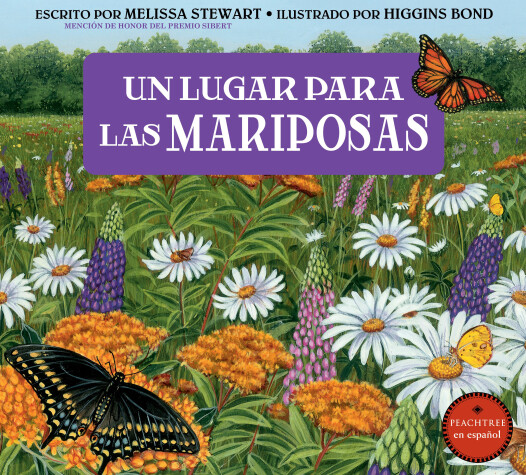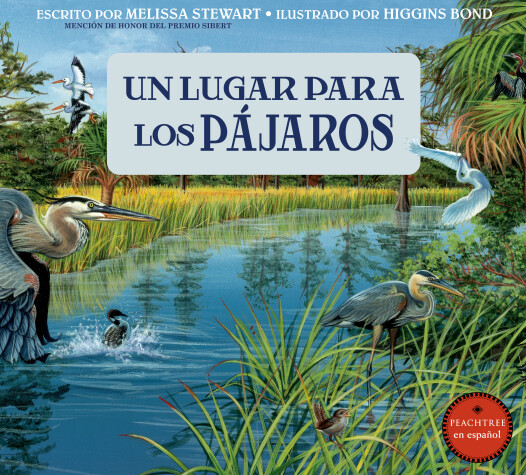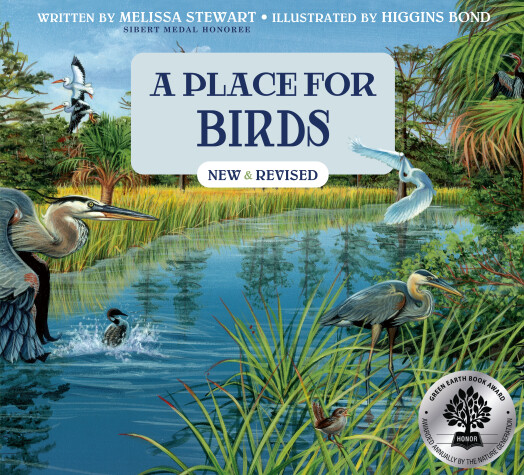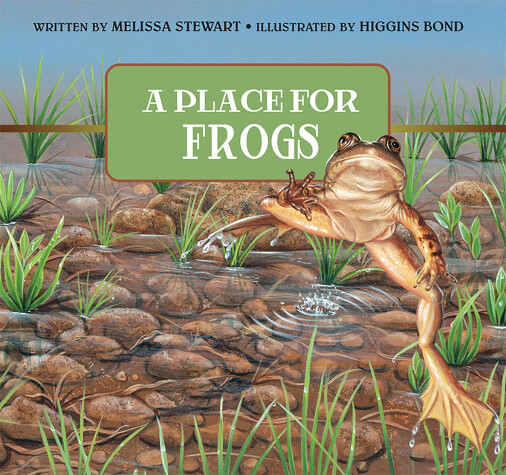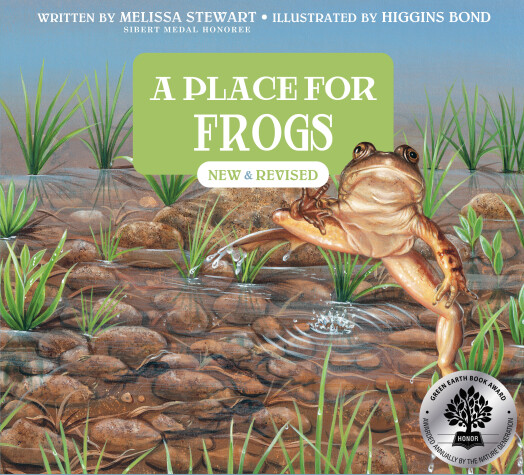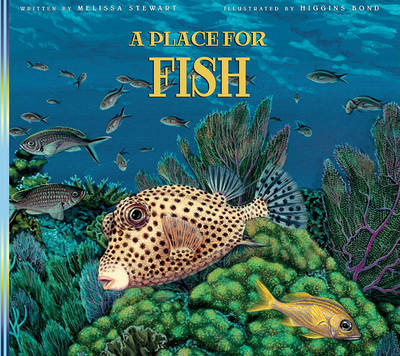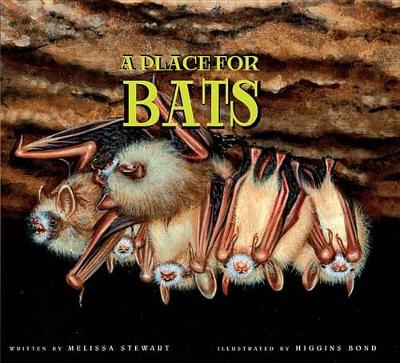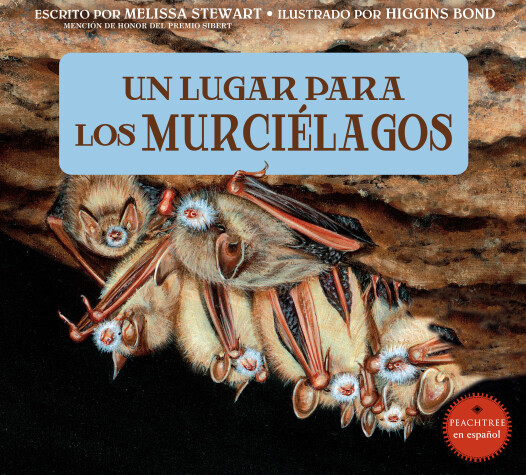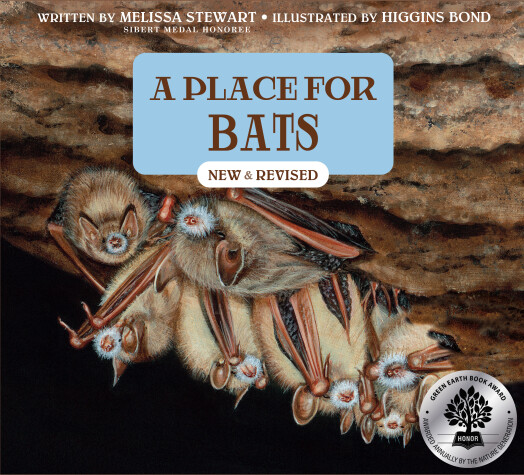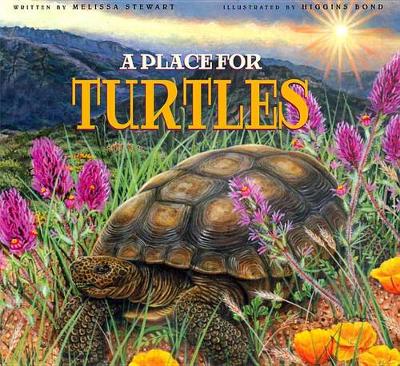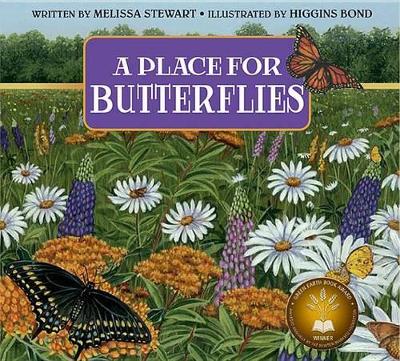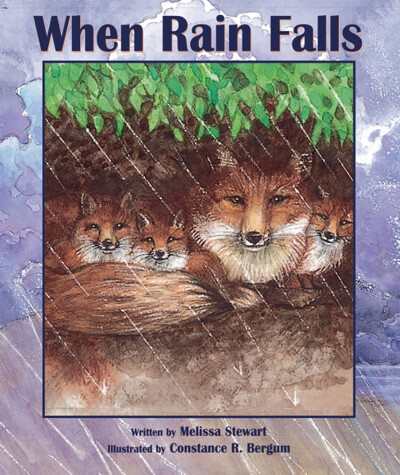Place For...
12 primary works • 14 total works
Book 1
Melissa Stewart shares with young readers the basic facts about butterflies, including how they transform from caterpillars to butterflies, where they live, what they eat, and how they benefit plants and animals. Sidebars throughout the book contain information about how human action has harmed butterflies in the past, and the many ways people can protect certain butterfly populations, like by preserving forests and meadows and cutting down on pesticide use. Also included are pointers on how youngsters can help butterflies in their own neighborhood.
Stewart reminds children of the interconnectedness of our world and shows how the actions of one species can inadvertently harm another. Bond’s realistically detailed illustrations highlight the diversity of the species, from the Schaus swallowtail butterflies in southern Florida to the endangered Mitchell’s satyrs.
Book 1
In simple yet informative language, A Place for Butterflies introduces young readers to the basic facts about butterflies, including how they transform from caterpillars to butterflies, where they live, what they eat, and how they benefit plants and animals. Sidebars throughout the book contain information about how human action has harmed butterflies in the past, and the many ways people can protect certain butterfly populations, like by preserving forests and meadows and cutting down on pesticide use. Also included are pointers on how readers can help butterflies in their own neighborhood.
Book 2
Book 2
In simple yet informative language, A Place for Birds introduces young readers to the ways human action or inaction can affect bird populations and opens kids’ minds to a wide range of environmental issues. Describing various examples, the text provides an intriguing look at birds, at the ecosystems that support their survival, and at the efforts of some people to save them. At the end of the book, the author offers readers a list of things they can do to help protect these special creatures in their own communities.
Book 2
In simple yet informative language, A Place for Birds introduces young readers to the ways human action or inaction can affect bird populations and opens kids’ minds to a wide range of environmental issues. Describing various examples, the text provides an intriguing look at birds, at the ecosystems that support their survival, and at the efforts of some people to save them. At the end of the book, the author offers readers a list of things they can do to help protect these special creatures in their own communities.
Book 3
In simple yet engaging language, acclaimed science writer Melissa Stewart showcases twelve types of North American frogs, from the wood frog to the now rare Oregon spotted frog. Her clear narrative shows the threats these frogs face, and informative sidebars describe a wide variety of efforts to save them.
In addition, remarkable full-color illustrations vividly and accurately depict the frogs within the ecosystems that support their survival.
This nonfiction picture book is part of a prize-winning series designed to inform young readers about a wide range of environmental issues and to present ways people can help protect animals and their natural habitats.
Book 3
In simple yet engaging language, acclaimed science writer Melissa Stewart showcases twelve types of North American frogs, from the wood frog to the now rare Oregon spotted frog. Her clear narrative shows the threats these frogs face, and updated, informative sidebars describe a wide variety of efforts to save them. In addition, remarkable full-color illustrations vividly and accurately depict the frogs within the ecosystems that support their survival.
This nonfiction picture book is part of a prize-winning series designed to inform young readers about a wide range of environmental issues and to present ways people can help protect animals and their natural habitats.
Book 4
Book 5
Book 5
In simple yet informative language, A Place for Bats introduces young readers to the ways human action or inaction can affect bat populations and opens kids’ minds to a wide range of environmental issues. Describing various examples, the text provides an intriguing look at bats, at the ecosystems that support their survival, and at the efforts of some people to save them. At the end of the book, the author offers readers a list of things they can do to help protect these special creatures in their own communities.
Book 5
The latest, updated edition of a teacher and classroom favorite with two brand new illustrations and spotlights on vanishing species and how we can help. Perfect for budding scientists, environmentalists, and nature lovers.
Chased from their caves and forests, sickened by cave-dwelling fungi, and swept from the skies by wind turbines, bats have no place to hide. And human actions often contribute to the problems. How can we help ensure that there will be a safe place for bats?
In simple yet compelling language, acclaimed science writer Melissa Stewart showcases twelve types of North American bats, from the familiar little brown bat to the Mexican free-tailed bat. Her clear narrative shows the threats these bats face, and updated informative sidebars describe a variety of efforts to save them. In addition, remarkable full-color illustrations vividly and accurately depict bats within the ecosystems that support their survival. Range maps and additional bat facts are also included.
This newly updated nonfiction picture book is part of a prize-winning series designed to inform young readers about a wide range of environmental issues and to present ways people can help protect animals and their natural habitats.
Book 6
We go inside when the rain comes down, but where do animals go? This engaging book for young readers offers a first glimpse at how different animals in different habitats behave during a thunderstorm.
Acclaimed children's nonfiction author Melissa Stewart takes a lyrical look at the behavior of animals in forests, fields, wetlands, and deserts and briefly describes how each creature interacts with its rained-soaked environment. Constance Bergum's soft watercolor paintings colorfully depict the animals and special features of each habitat.
